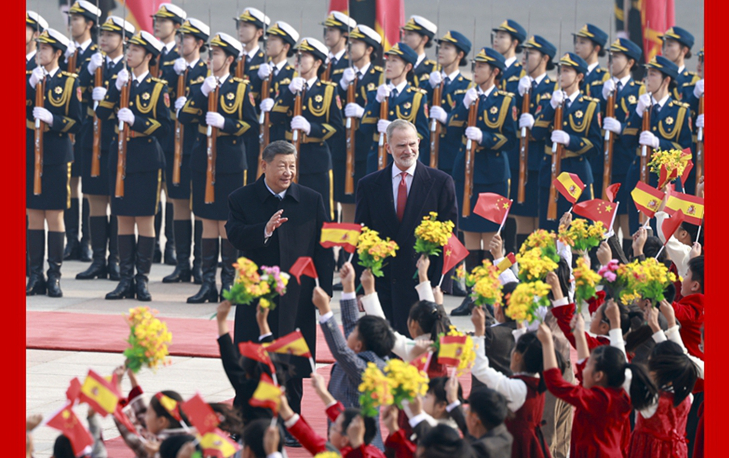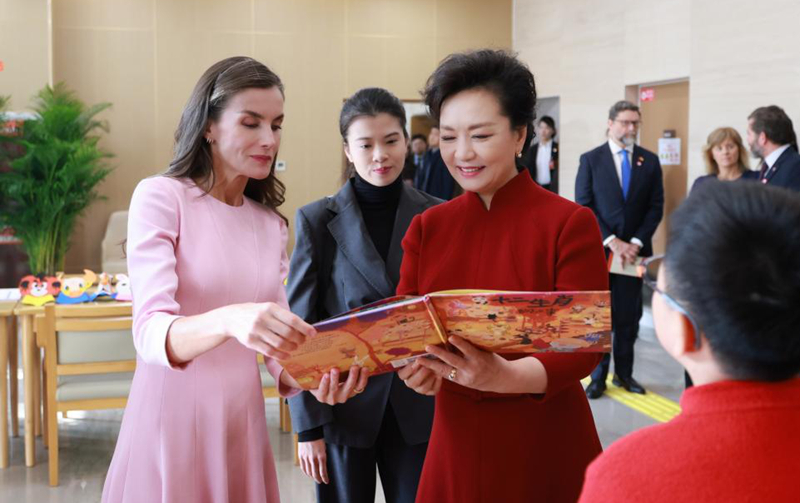Nation's tech achievements drive SAR athletes' success
Expert hails use of supercomputer, wind tunnel simulations for training teams
Hong Kong pedal ace Ceci Lee Sze-wing's successful title defense in the women's road cycling individual event during the ongoing 15th National Games has once again turned the spotlight on the city's cycling team, which is known for its stellar show in premier tournaments.
Lee's gold is the second for the Hong Kong Special Administrative Region so far in this year's games, and she is also the third athlete from the SAR to triumph more than once at the National Games after Asian cycling legend Wong Kam-po and Olympian Sarah Lee Wai-sze.
While hard work and discipline form the mainstay of Hong Kong cycling team's medal-winning performances, the application of cutting-edge sports technologies developed through the joint efforts of the Chinese mainland and Hong Kong has been a significant contributor to its success.
A central research facility at Hong Kong University of Science and Technology, which specializes in developing high-tech aerodynamic and acoustic surroundings, boasts a low-noise wind tunnel that can simulate a cycling race environment.
This facility, when further empowered by the nation's Tianhe 2 supercomputer in Guangzhou, Guangdong province, can not only improve cyclists' riding postures, but also assist in the development of the most suitable bike design and cycling bodysuit for them.
Zhang Xin, director of the university's Aerodynamics and Acoustics Facility, highlighted the importance of using a supercomputer to develop sports technologies. As human muscle tissues and physical conditions constantly change, the computation process is complex and requires the use of a supercomputer, he said.
Athletes of the Hong Kong cycling team have worn aero-speed suits developed and tested in the wind tunnel to compete at various major sports events, including the Tokyo 2020 Olympic Games and the 2022 Asian Games in Hangzhou, Zhejiang province. These bodysuits, tailor-made for each athlete, are estimated to reduce wind drag by an impressive 3 percent.
Other sports disciplines, such as windsurfing and triathlon, have also employed simulations developed using the supercomputer and the wind tunnel to optimize the postures and movements of athletes.
During training sessions in Stanley on Hong Kong Island, sensors developed by the university recorded athletes' physical data, which was subsequently analyzed using the supercomputer.
According to Zhang, the Tianhe 2 simulated the wind conditions at the Paris 2024 Olympic Games and provided the information to head coaches of the windsurfing and sailing teams. The supercomputer helped to enhance athletes' posture optimization, as well as design and select equipment, he said.
Sports technology cooperation between the mainland and Hong Kong has deepened in recent years, with more agreements signed for further development, serving both professional athletes and the public.
In September, Hong Kong Polytechnic University and mainland sportswear brand Li-Ning signed a memorandum of understanding to establish the Li-Ning-PolyU Joint Research Centre for Sports Science, which aims to enhance technological application and promote industrial transformation in the sports and health sectors.
In Guangzhou, the Nansha Sub-Center of National Supercomputer Center provides the mainland's first supercomputer direct network line for Hong Kong. A dedicated high-speed fiber-optic network from the Tianhe 2 supercomputer is used to link Guangdong and Hong Kong's scientific innovation capabilities, enabling Hong Kong users to swiftly utilize the nation's supercomputing resources. The center has continuously provided support for technological innovation in Hong Kong and Macao.
For athletes from Macao and Hong Kong, traveling to the mainland for training and using sports technologies to improve their skills have become common.
Macao athlete Chan Man-hin, who participated in the National Games sailing event last month, said he was equipped with a high-end GPS tracker when he trained on the mainland. The device collected his performance data, including instantaneous speed and direction during sailing, for further analysis to help improve performance, he said.
"The piece of equipment allowed me to analyze all the training data and adjust my strategy for the day of the competition," Chan said.
The nation's support for sports development in its special administrative regions extends beyond hardware to include talent cultivation.
At Guangzhou Zhongshan Whampoa School for Hong Kong and Macao Students, a base has been established to provide a professional training platform for students from Hong Kong. Selected student athletes receive targeted training in five disciplines — fencing, swimming, equestrian, shooting and running.
These athletes also get more opportunities to participate directly in competitions at provincial, national and even international levels. By undergoing scientific and systematic training, they can gain recognition of the Sports Federation and Olympic Committee of Hong Kong, China, and have the chance to register as Hong Kong athletes, potentially becoming the city's elite sports representatives.
Editor:Lotus
LATEST
- China's economy remains generally stable in October
- Xi encourages young sinologists to bridge China, the world
- Xi, president of Comoros exchange congratulations on 50th anniversary of ties



